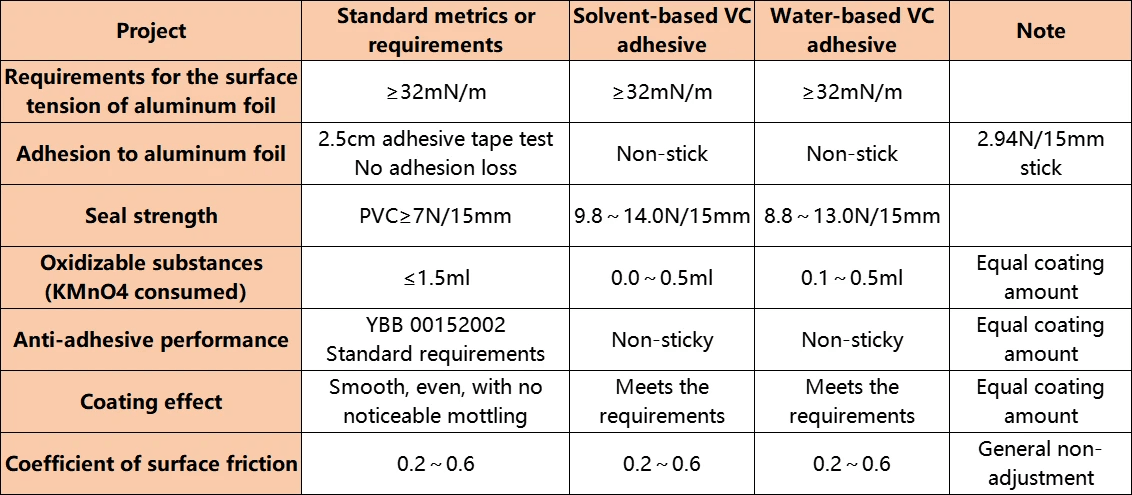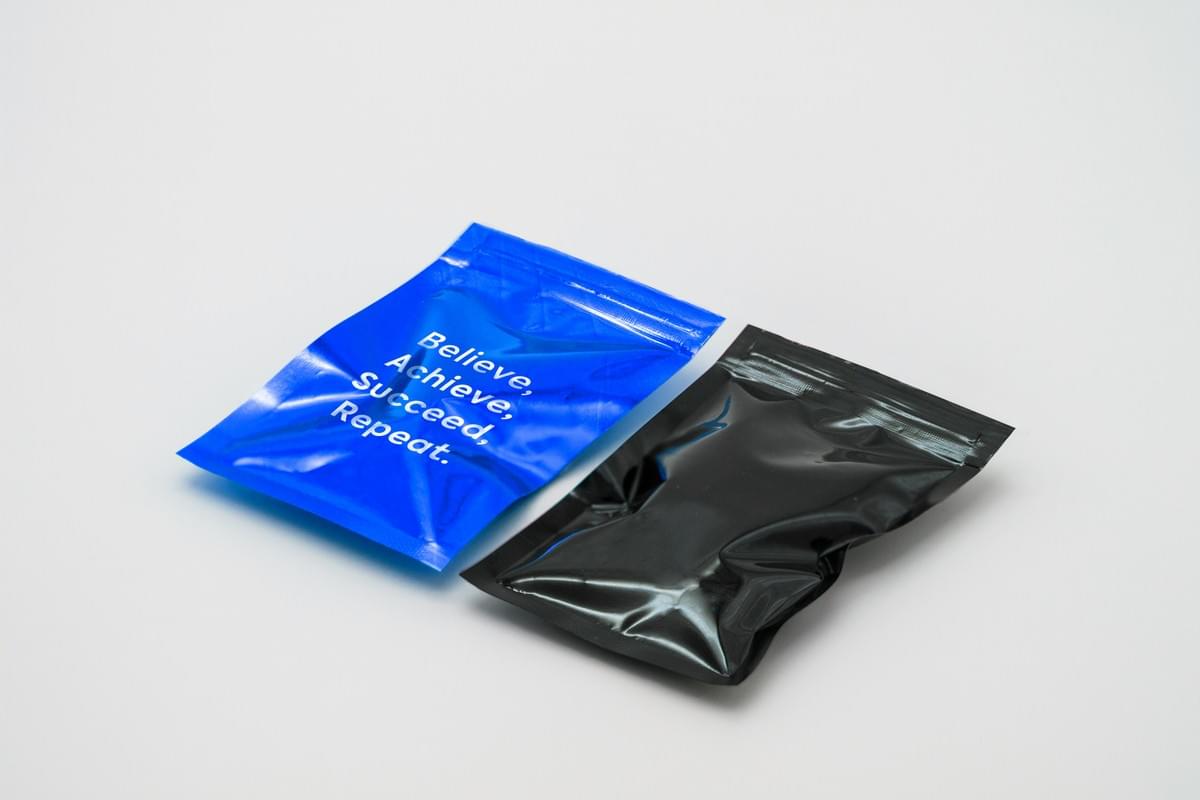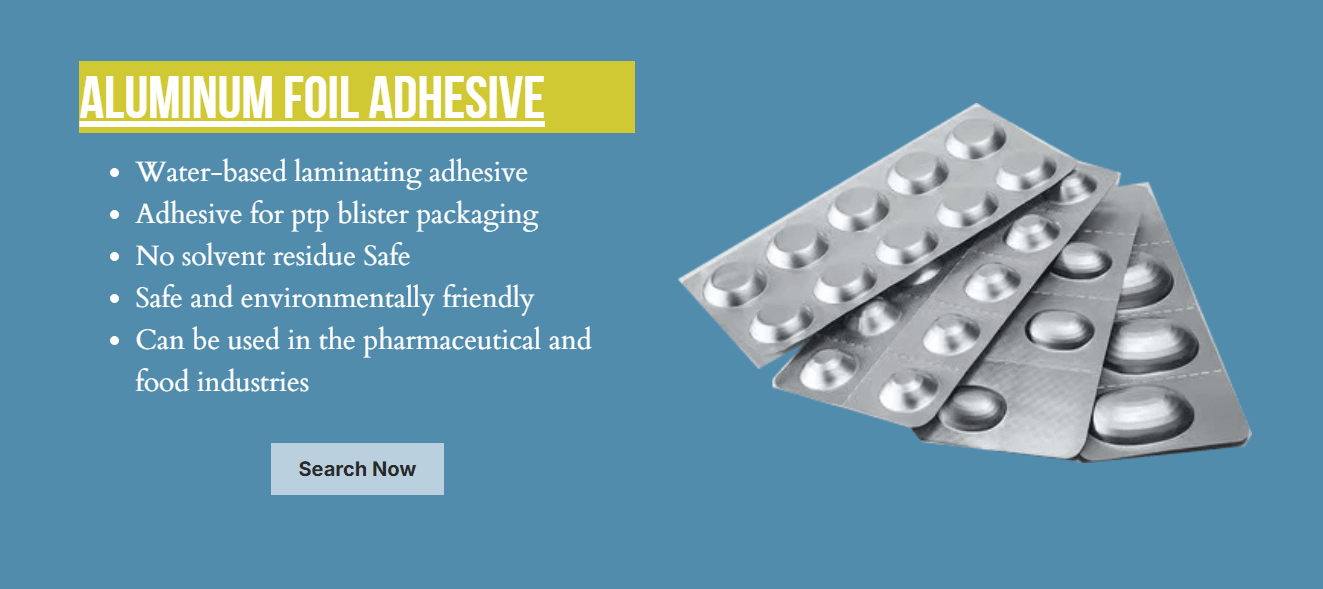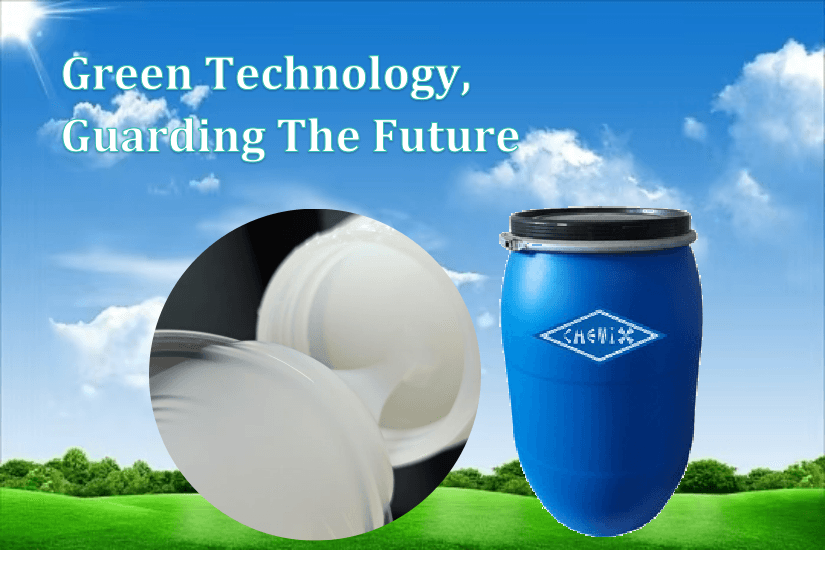Introduction

These specialized adhesives are designed to bond materials together when subjected to heat and pressure, making them indispensable in the world of DTF (Direct to Film) printing. Understanding heat transfer adhesives is essential for anyone looking to achieve professional-quality results with their fabric applications.
Choosing the right adhesive can be the difference between a project that lasts and one that falls apart at the seams—literally! With so many options available, it's crucial to consider factors like heat resistance and adhesive performance. After all, what adhesive can withstand heat without compromising quality? A thoughtful selection process ensures that your designs remain intact and vibrant after multiple washes.
Heat press adhesives offer numerous benefits that make them a go-to choice for many crafters and professionals alike. They provide strong bonds while remaining flexible, ensuring that your designs move with the fabric rather than crack or peel. Additionally, using heat resistant tape for heat press applications can simplify your workflow by securing transfers in place during pressing, further enhancing your project's success.
What is Heat Transfer Glue?

Heat transfer glue, often referred to as heat press adhesive, is a specialized bonding agent designed to adhere materials together when subjected to heat and pressure. This type of adhesive works by creating a strong bond between surfaces, such as fabric and vinyl, making it an essential component in various applications, particularly in the world of DTF (Direct-to-Film) printing. Understanding how to heat press adhesive correctly can significantly enhance the durability and quality of your projects.
Definition and Functionality
At its core, heat transfer glue is formulated to activate under specific temperature conditions, allowing it to bond textiles effectively. When heated during the pressing process, the adhesive melts slightly and penetrates the fibers of the fabric or material being bonded. Once cooled down, it solidifies and forms a robust connection that can withstand washing and wear over time—perfect for garments that endure frequent use.
Types of Heat Transfer Adhesives
There are several types of heat transfer adhesives available on the market today, each tailored for different applications and materials. Common types include water-based adhesives, solvent-based adhesives, and hot melt adhesives; each has unique properties suited for various tasks. When choosing what adhesive can withstand heat while maintaining flexibility in fabrics or other materials, it's crucial to consider factors like drying time and application method.
Applications in DTF Printing
In DTF printing specifically, heat transfer adhesives play a vital role in ensuring that designs adhere securely to fabrics without compromising their integrity or appearance. The process typically involves applying a layer of heat press adhesive onto a film before transferring it onto the garment using a heat press machine. This method not only provides excellent adhesion but also allows for vibrant colors and intricate designs—making it an attractive option for custom apparel.
How to Use Heat Press Adhesive?

Using heat press adhesive can be a game-changer in your DTF printing projects. Whether you’re a beginner or a seasoned pro, understanding how to heat press adhesive properly will elevate your fabric designs. Let’s dive into the nitty-gritty of using this versatile adhesive effectively.
Essential Tools and Equipment
To get started with heat press adhesive application, you'll need some essential tools and equipment that will make life easier and results more reliable. First up is a quality heat press machine; without it, you're just wishing for good results! Next, don’t forget about high-quality transfer paper specifically designed for use with adhesives.
Additionally, having heat-resistant tape for heat press applications can prevent any shifting during pressing—because nobody wants their design misaligned! Lastly, keep handy some parchment paper or Teflon sheets; these protect both your project and equipment from any sticky mishaps during application.
Best Practices for Application
When working with heat transfer adhesives, there are several best practices you should adopt to ensure success every time you apply them. First off, always test on scrap material before diving into the main project; this helps gauge how well does the chosen adhesive hold up under pressure and temperature.
Also consider environmental factors such as humidity—excess moisture can interfere with adhesion properties and lead to failures later on! And remember: patience is key! Allow each layer of glue ample time to cure properly before applying additional layers or washing fabrics afterward.
In summary, mastering how to use heat press adhesive involves preparation, proper tools, and best practices that set you up for success in all DTF printing endeavors!
How to Choose the Right Adhesive?
Choosing the right heat press adhesive can make or break your DTF printing projects. With so many options available, it’s essential to consider various factors that influence both the performance and durability of your adhesive. From heat resistance to application methods, understanding these elements will help you select a product that meets your specific needs.
Factors to Consider for Heat Resistance
When selecting a heat press adhesive, one of the key factors is its ability to withstand high temperatures. You want an adhesive that remains stable and effective even under intense heat conditions; otherwise, you risk ruining your fabric or design. Look for products specifically labeled as heat resistant, ensuring they can handle the temperatures typically used in DTF printing without compromising performance.
Another crucial aspect is the temperature range at which the adhesive operates best. Some adhesives may perform well up to a certain degree but falter beyond that point, leading you to wonder: what adhesive can withstand heat? Always check manufacturers’ specifications regarding their products' maximum temperature tolerances and application instructions for optimal results.
Lastly, consider how different fabrics react with various adhesives when heated. Some materials might shrink or warp under high temperatures, affecting adhesion quality. Therefore, before diving into your project, test a small area with your chosen heat transfer adhesive on the specific fabric type you plan to use.
Evaluating Adhesive Performance
Evaluating adhesive performance involves examining several aspects such as bonding strength, flexibility after curing, and resistance to wear and tear over time. A strong bond is vital for long-lasting designs; therefore, opt for adhesives known for their robust adhesion properties in various conditions. You might ask yourself: does heat mess with adhesive? The answer often lies in how well an adhesive has been formulated.
Additionally, flexibility is essential if you're working with fabrics that require movement or stretching post-application. An overly rigid bond could lead to cracking or peeling over time; hence it's advisable to choose an option that maintains some elasticity once cured.
Finally, it’s wise to read reviews and seek recommendations from fellow crafters who have tested different products in real-world applications—this firsthand experience can provide valuable insights into which adhesives perform best in specific scenarios.
Popular Brands and Products
When it comes down to choosing a reliable product among countless options available on the market today, several brands stand out due to their consistent quality and user satisfaction in DTF printing applications involving heat press adhesives. Brands like Chemix offer innovative solutions like water-based VC composite adhesives that boast impressive performance while remaining environmentally friendly.
Other notable names include HTV (Heat Transfer Vinyl) brands known for their specialized heat-resistant tapes designed specifically for use during pressing processes—these are ideal companions when using any type of heat transfer adhesive for fabric projects! They help secure designs firmly in place until bonding occurs effectively without risking misalignment during pressing.
Lastly, don’t overlook smaller boutique suppliers who often provide unique formulations tailored towards niche markets within crafting communities—they may have just what you need! Always keep an eye out for new entrants into this ever-evolving industry as innovation continues shaping how we work with our beloved materials!
The Science of Heat and Adhesives

Understanding the interplay between heat and adhesives is crucial for achieving optimal results in heat transfer applications. Heat press adhesive relies on temperature to activate its bonding properties, making it essential to grasp how heat influences these materials. By delving into the science behind heat and adhesives, you can enhance your DTF printing projects significantly.
How Heat Affects Adhesive Properties
Heat plays a pivotal role in determining the effectiveness of any adhesive, particularly when it comes to heat transfer glue. When subjected to high temperatures, the viscosity of a heat press adhesive decreases, allowing it to flow into fabric fibers more effectively, creating a stronger bond. However, excessive heat can lead to degradation or even complete failure of certain adhesives; thus understanding what adhesive can withstand heat is vital for success.
Can Heat Mess with Adhesives?
Absolutely! The relationship between temperature and adhesion strength is a double-edged sword—while moderate heat can enhance bonding, too much can spell disaster. If you're wondering Does heat mess with adhesive? the answer lies in knowing your materials; some adhesives may warp or lose their effectiveness under extreme conditions. This highlights why proper temperature management during application is essential for maintaining the integrity of your chosen heat transfer adhesive for fabric.
How to Mitigate Adhesive Failure
To prevent mishaps during application, there are several strategies you can employ to mitigate potential adhesive failure caused by excessive heat exposure. First and foremost, always check manufacturer guidelines regarding optimal temperature settings when using your chosen heat press adhesive; this will help avoid overheating issues. Additionally, using a reliable heat resistant tape for heat press applications can provide an extra layer of security by ensuring that materials stay in place without compromising adhesion quality.
Chemix's Water-based VC Composite Adhesive

When it comes to heat press adhesives, Chemix's Water-based VC Composite Adhesive stands out as a game-changer. This innovative adhesive is designed specifically for high-performance applications, particularly in DTF printing. With its unique formulation, it offers superior bonding strength while maintaining flexibility, making it a favorite among professionals seeking reliable heat transfer solutions.
Overview of Chemix's Innovative Adhesive
Chemix's Water-based VC Composite Adhesive is engineered to deliver exceptional performance under heat and pressure. This adhesive is not only effective for various fabric types but also adheres seamlessly to different substrates used in DTF printing. Users often wonder, How to heat press adhesive? Well, with Chemix’s product, the application process becomes straightforward and efficient—ideal for both novices and seasoned pros alike.
Environmental and Safety Benefits
One of the standout features of Chemix's adhesive is its environmentally friendly composition. Unlike many traditional adhesives that emit harmful fumes during application, this water-based option ensures a safer working environment without compromising on performance. Additionally, the question What adhesive can withstand heat? finds an answer here; Chemix’s formula is designed to resist high temperatures without degrading or losing adhesion quality.
Performance in DTF Printing Applications
In the realm of DTF printing applications, performance is key—and Chemix’s Water-based VC Composite Adhesive truly shines. It provides excellent durability and flexibility after curing, ensuring that designs remain intact even after multiple washes or exposure to varying temperatures. However, some may wonder: Does heat mess with adhesive? With Chemix's product, you can rest assured that it withstands the rigors of heat pressing while delivering impressive results every time.
Troubleshooting Adhesive Issues
Even the best heat press adhesive can sometimes throw a wrench in your creative plans. Whether you’re dealing with peeling, bubbling, or just plain old adhesive failure, knowing how to troubleshoot these issues is key to a smooth DTF printing experience. Let’s dive into the common problems you might encounter and how to tackle them head-on.
Common Problems with Heat Transfer Glues
One of the most frequent headaches when working with heat transfer adhesives is improper adhesion, where the design peels away after pressing. This can happen for several reasons, including insufficient heat or pressure during application or using an adhesive that simply can't withstand heat as well as advertised. Additionally, if you're wondering Does heat mess with adhesive?, the answer is yes—excessive heat can degrade some adhesives over time, causing them to lose their effectiveness.
Another common issue is bubbling or wrinkling in the transferred design. This often occurs when moisture gets trapped under the adhesive during pressing or if the material wasn't prepped properly beforehand. Lastly, if you're using a low-quality heat transfer adhesive for fabric, you may find that it doesn't hold up against washing and wearing over time.
How to Get Adhesive Off Heat Press
If you've ever had a mishap where adhesive has stuck to your heat press plate, don’t panic! First things first: turn off your machine and let it cool down completely before attempting any cleaning methods. For those sticky situations where you need to know How to get adhesive off heat press?, start by using a soft cloth dampened with rubbing alcohol; this can often dissolve stubborn residues without damaging your equipment.
For tougher spots, consider using specialized cleaning solutions designed specifically for removing adhesives from surfaces like heat presses. Just be sure to check compatibility first! Regular maintenance of your machine will also go a long way in preventing future build-up of heat transfer glue residue.
Tips for Long-lasting Adhesive Performance
To ensure that your chosen heat transfer adhesive performs at its best over time, proper application techniques are crucial. Always make sure you're applying sufficient pressure and temperature according to the manufacturer's guidelines; this could mean investing in reliable tools like a quality heat resistant tape for heat press applications which helps secure designs firmly in place during pressing.
Additionally, consider conducting test presses before committing large projects—this allows you to see how different adhesives react under various conditions without risking your final product’s quality. Finally, store any leftover adhesives properly; keeping them sealed and stored away from extreme temperatures will help maintain their integrity until you're ready for another project!
Conclusion

In the world of DTF printing, heat transfer adhesives play a crucial role in ensuring that designs adhere effectively to fabric. The right heat press adhesive not only enhances the longevity of prints but also improves the overall quality of the finished product. Understanding how to heat press adhesive correctly can make all the difference in achieving professional results.
Recap of Heat Transfer Adhesives in DTF Printing
Heat transfer adhesives are essential for bonding designs onto fabrics, particularly in Direct to Film (DTF) printing applications. They provide strong adhesion while being designed to withstand heat during the pressing process. By selecting a suitable heat transfer adhesive for fabric, users can ensure that their creations remain intact and vibrant even after multiple washes.
Future Trends in Adhesive Technologies
As technology advances, we can expect innovations in adhesive formulations that offer improved performance and environmental benefits. Future trends may include more eco-friendly options, such as water-based adhesives that maintain high heat resistance without compromising on quality. Additionally, developments like heat resistant tape for heat press applications will likely become more popular, offering versatility and ease of use for various projects.
Final Thoughts on Choosing the Best Adhesives
Choosing the best adhesives involves careful consideration of factors such as heat resistance and application methods. It's essential to ask questions like “What adhesive can withstand heat?” and “Does heat mess with adhesive?” when making your selection to avoid common pitfalls associated with poor adhesion. Ultimately, understanding your specific needs will guide you toward a reliable solution that ensures your designs stand out while remaining durable.
